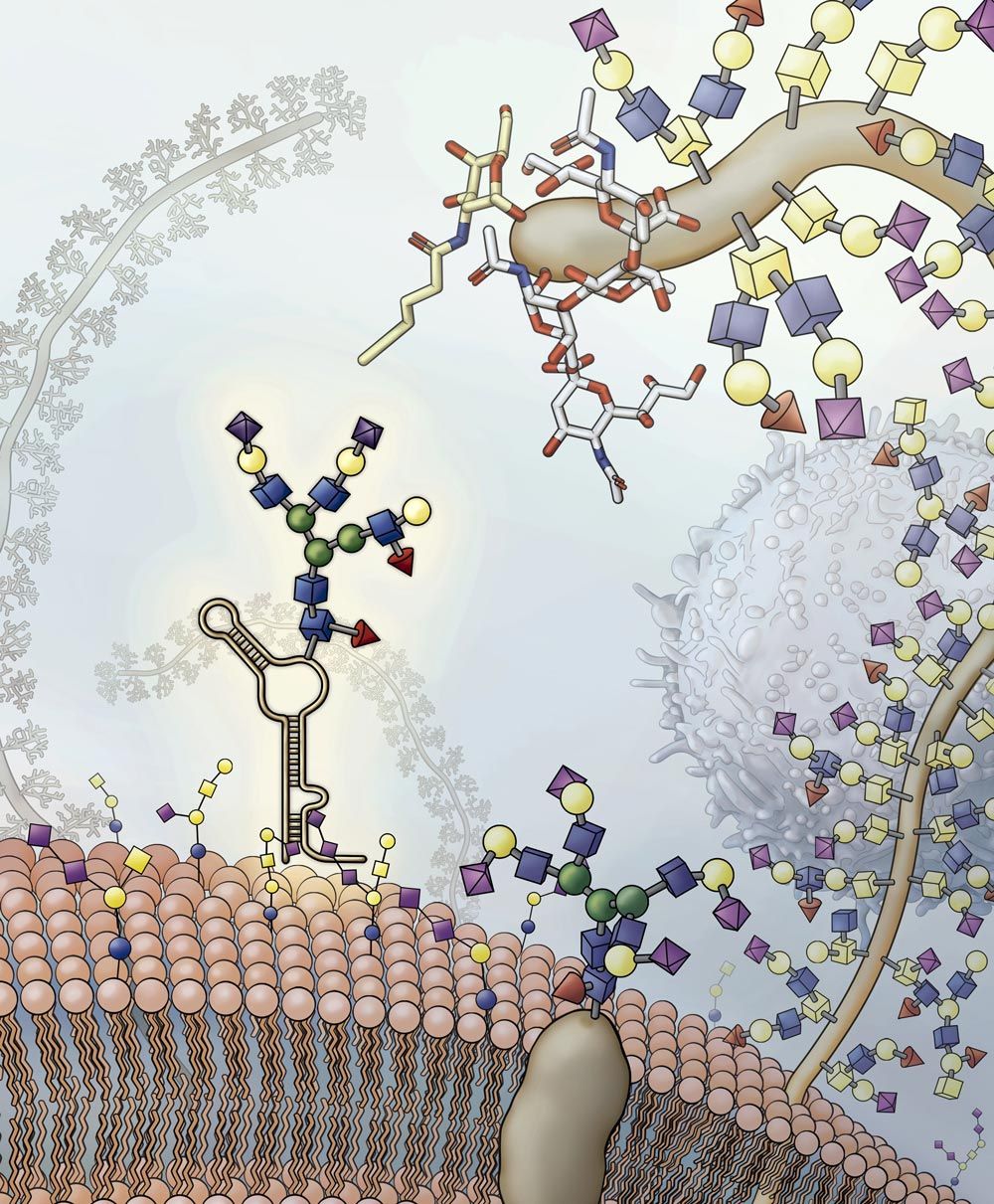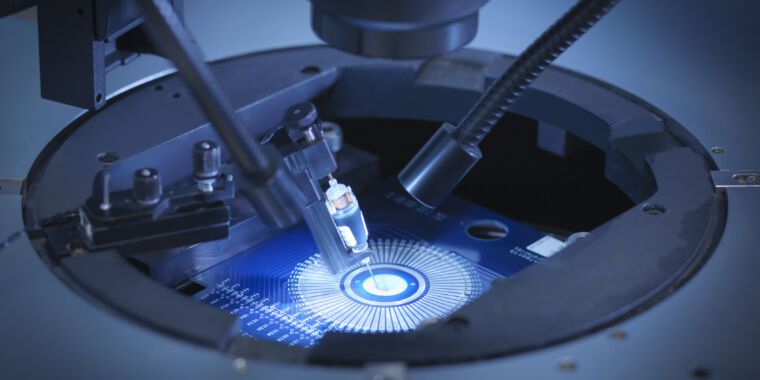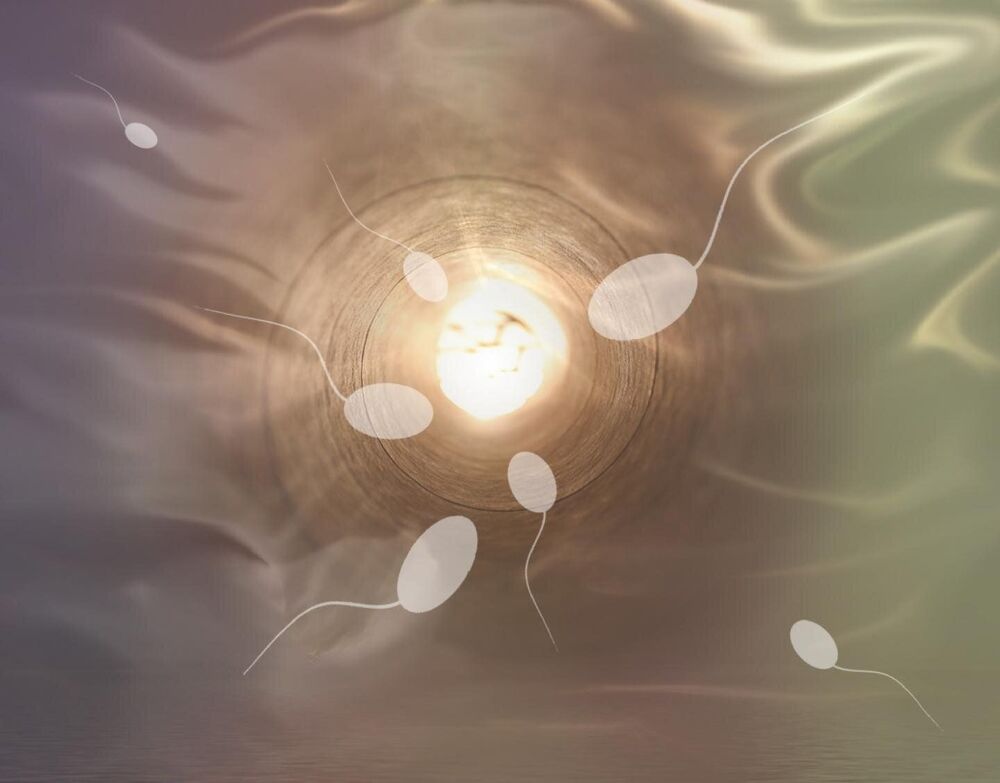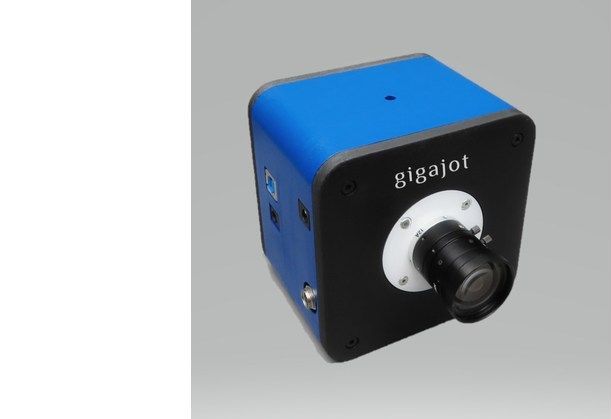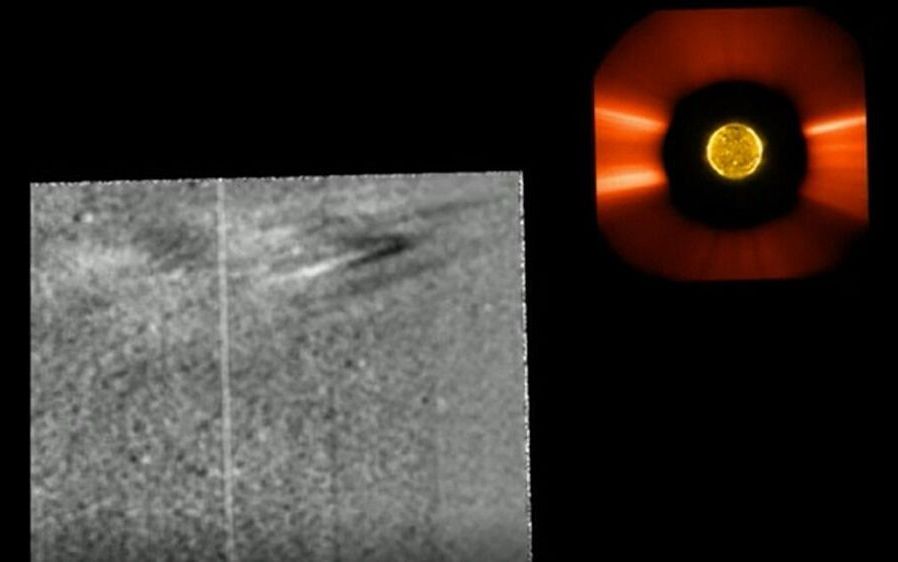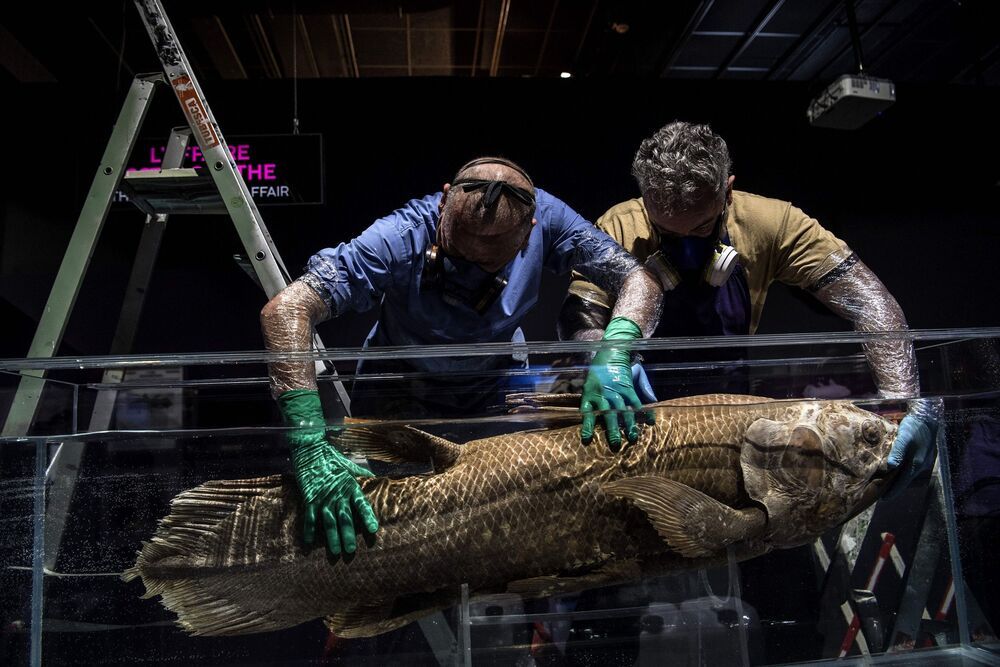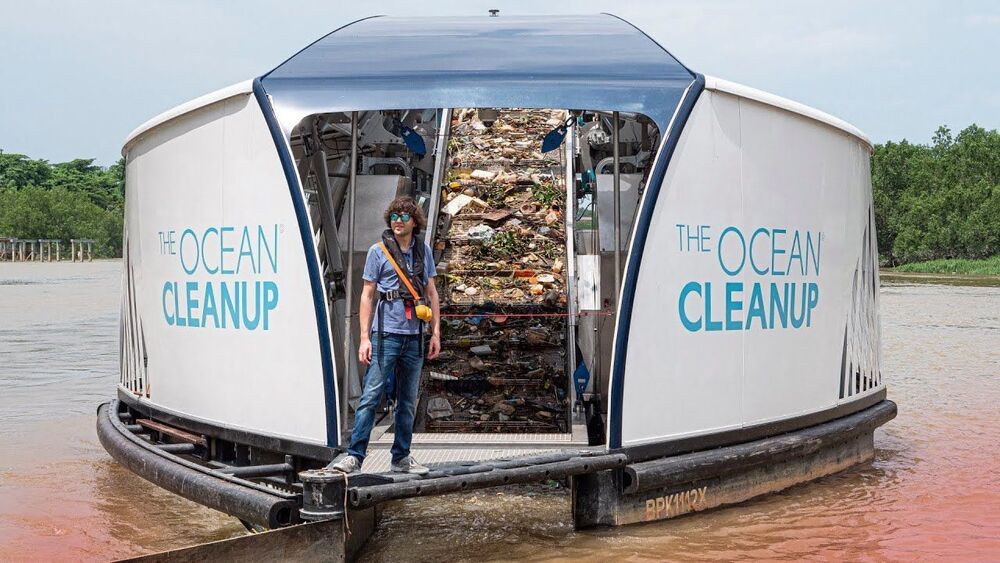A variety of molecules protrude from the cell surface, including glycoproteins, glycolipids, and the newly discovered glycoRNAs. This illustration depicts RNA as a double-stranded stem and a loop, and the glycan as a Tinkertoy-like structure branching off it. Credit: Emily M. Eng/R. Flynn et al./Cell 2021.
Sugars attach to certain RNA molecules on the outside membrane of the cell. The newly discovered “glycoRNAs” may be involved in immune signaling.
In a surprise find, scientists have discovered sugar-coated RNA molecules decorating the surface of cells.
